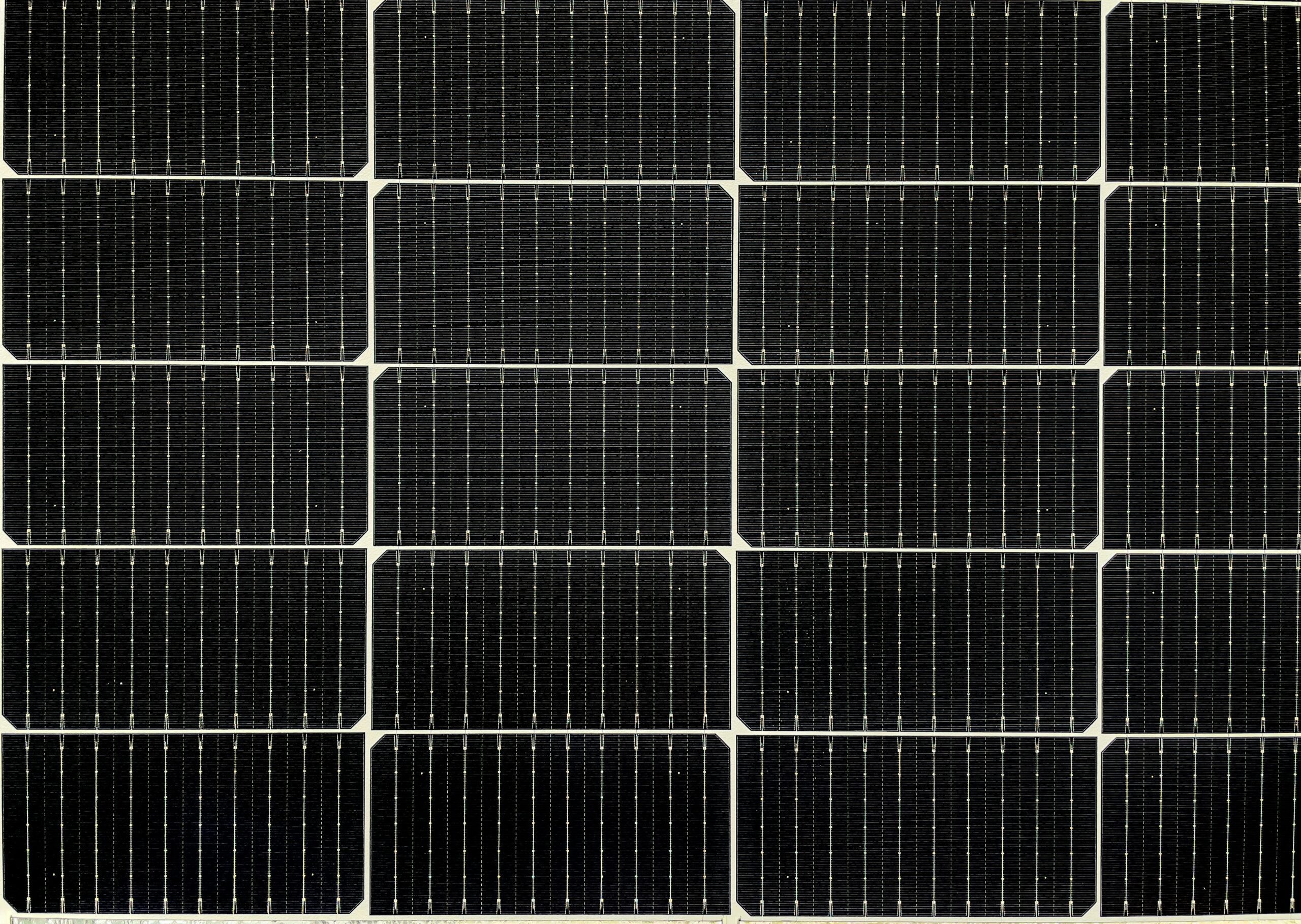The revoke of a basic patent on multi-busbar connections in solar modules follows a claim by ESMC and an industry consortium. It safeguards open access to key PV manufacturing techniques and is good news for the re-establishment of the European Solar PV Industry.
The European Patent Office (EPO) has removed a major legal barrier that would have affected nearly all European module producers using modern multi-busbar cell technologies – an industry standard widely found in solar modules. In a recent decision, the EPO fully revoked patent EP4092759B1, following an opposition procedure supported by the European Solar Manufacturing Council (ESMC) and a consortium of European PV manufacturers and research institutes. The patent was originally owned by Korean LG Electronics patent and later acquired by Chinese JA Solar.
“This patent was on matters which are industry standards now for a long time. Had it remained in force, the vast majority of European module manufacturers using MBB cells would have risked infringement despite applying well-established technologies,” Christoph Podewils, Secretary General of the ESMC said.
Patent attempted to cover widely known, long-established techniques
Multi-busbar (MBB) features have been publicly known, documented, and widely used for more than a decade. MBB techniques were pioneered in Europe as early as the early 2010s and have since become standard in global PV manufacturing. Almost all European module makers rely on round-wire MBB architectures to reduce shading losses, lower resistance, cut silver consumption, and ensure reliable long-term electrical connections.
The revoked patent – a divisional patent derived from an earlier European filing claiming priority from 2014 – sought protection for:
Consortium successfully demonstrated legal-technical deficiencies
The opposition – filed on 30 October 2024 – was prepared by ESMC and a consortium of European companies and research organisations in cooperation with an IP law firm. The group demonstrated that the patent introduced a subject matter extending beyond the original parent application, rendering its grant legally invalid. The EPO accepted these “added-matter” arguments without the need to further examine novelty or inventiveness.
An oral hearing took place on 15 October 2025, after extensive exchanges of documents, counter-arguments, and preliminary opinions. At the end of the full-day proceedings, the Opposition Division issued a decision to revoke the patent in its entirety.
Supporting competitive, open PV manufacturing in Europe
The decision is significant for Europe’s ambitions to rebuild solar production capacity. It removes legal uncertainty around one of the most widely used interconnection techniques in modern crystalline-silicon module manufacturing. “This outcome strengthens Europe’s ability to scale up PV manufacturing without facing unjustified patent barriers,” Podewils added. “Ensuring open access to established MBB technologies is essential for creating a level playing field and supporting the industry’s competitiveness.”
Next steps
The losing party may appeal the decision. The deadline for filing an appeal is 7 January 2026, with grounds for appeal due by 7 March 2026.
